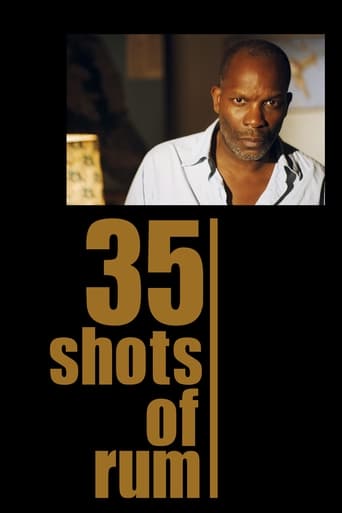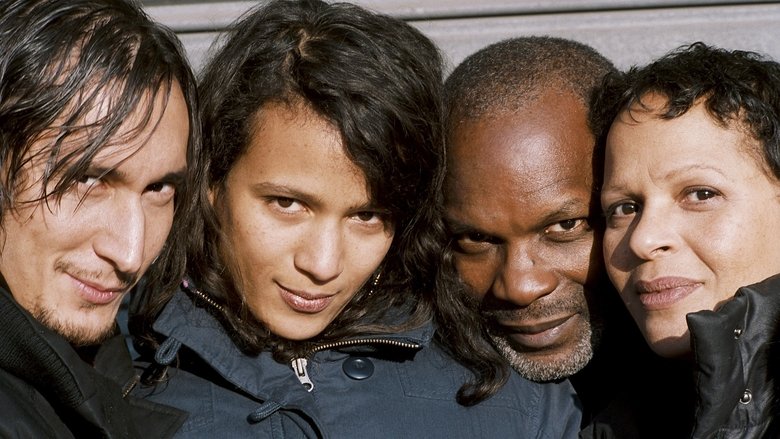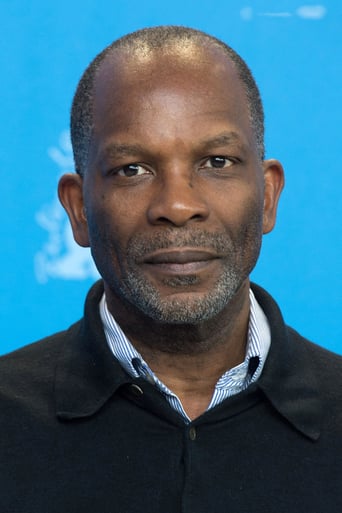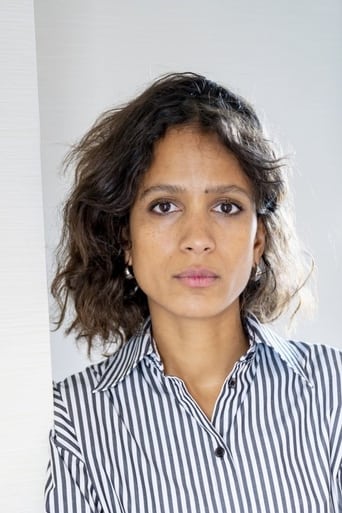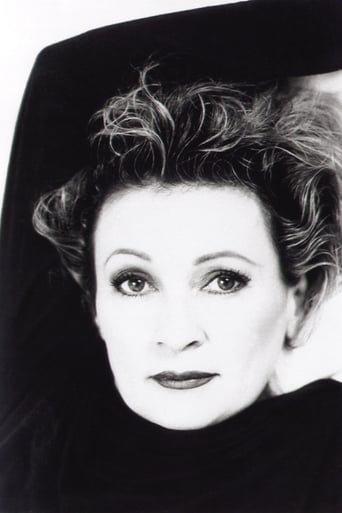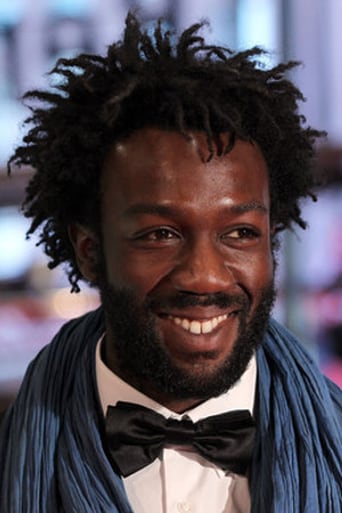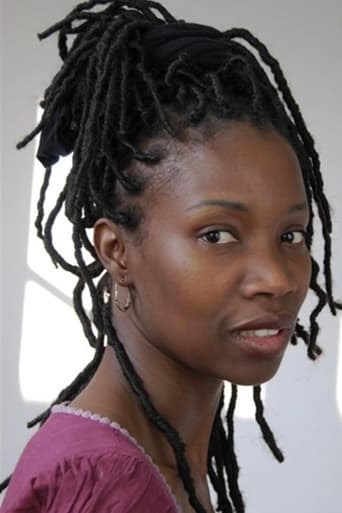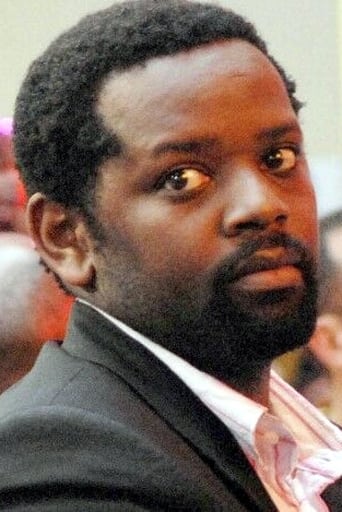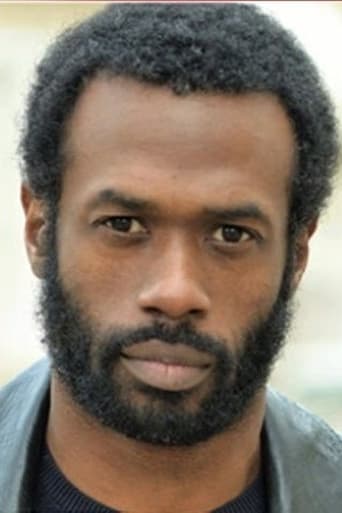A widower and her daughter witness the retirement of a colleague of his and the closing of her department at her university.


Similar titles

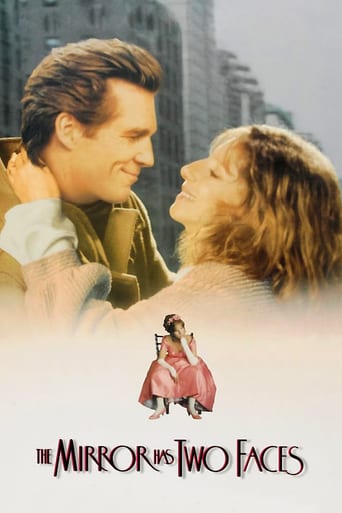
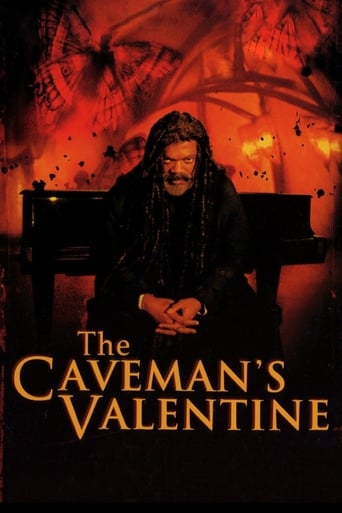
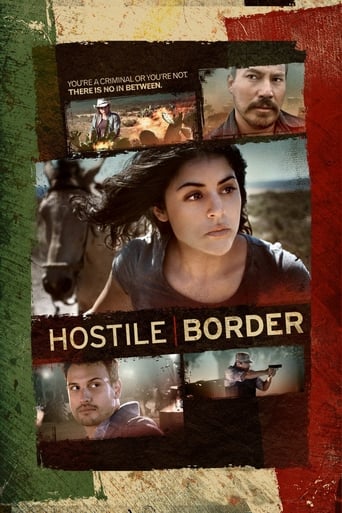
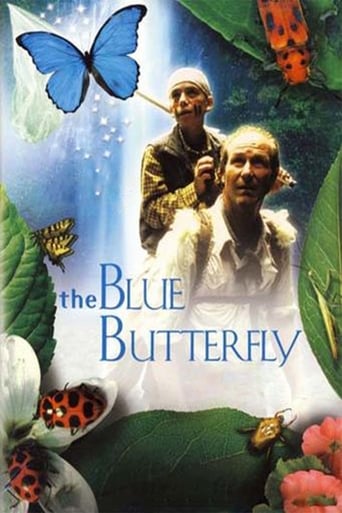


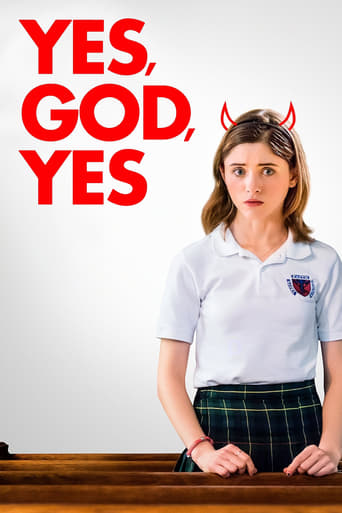
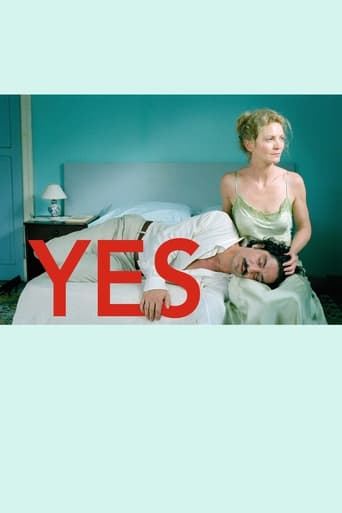
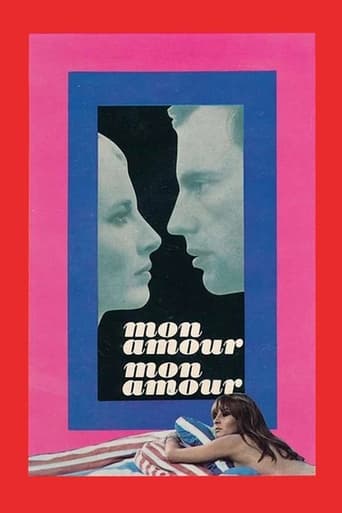
Reviews
Lionel, a Parisian suburban train conductor, lives in a comfortable place with Josephine, his daughter, a university student of social studies. Their lives are examined in this introspective character study by Claire Denis, a director closely associated with the African continent. In this story, she watches a group of railway people, all of them African immigrants from the former French colonies.The focus of the film is the loving relationship between father and daughter and friends. Lionel was married to a German woman, now dead. He has reared Josephine, doing a splendid job. Even though they might not have a lot to say to one another, their love is evident. Noe, a neighbor, clearly likes Josephine. Lionel, who has been a widower for a long time, is interested in Gabrielle, a taxi driver. Nothing much happens in the story, and yet, it has its spell on viewers. One follows these immigrants who have made a life in a foreign land, living productive, if somewhat quiet lives. The atmosphere is positive as Ms. Denis decided to present them in a light which makes the audience care for them. The screenplay, written by Jan-Pol Fargeau and the director, shows their appreciation, and respect for the people being examined in the film.The cast is excellent led by Alex Descas, who plays Lionel with a quiet dignity. Lovely Mati Diop makes justice of her Josephine. Gregoire Colin plays the enigmatic Noe, and Nicole Dogue does an interesting take on Gabrielle. The production was photographed by the distinguished cinematographer Agnes Godard who bathes the film in dark tones since much of the action takes place at night. Tindersticks provide the melodious musical score.
"35 Shots of Rum" opens on Lionel, a black African immigrant who spends long hours driving a train across France. Haggard and tired he returns to his tiny apartment, which he shares with daughter Josephine. "Don't feel I need looking after," he tells her, but it's a lie. They're lonesome without each another. Director Claire Denis then lingers on scenes of unusually tender father/daughter intimacy, such that for a while we think the duo may be lovers. But their relationship is more complex; they want to be free of each other but are wary of cutting ties.Denis' films have long focused on France's former colonies ("Chocolat", "Beau Travail", "White Material" etc). The political contradictions, psychological pressures and after-effects of this colonial legacy are the targets of "35 Shots of Rum, but aside from one scene, in which Josephine and her classmates debate colonialism, resistance, globalisation and name-drop philosopher Frantz Fanon and economist Joseph Stiglitz, such "big issues" remain in the background. Instead, the film's themes are approached subtly. And so we see first generation immigrants relegated to public sector work, a father and daughter who yearn to move on but feel weighed down by familial, historical and past ties, and characters who are either taxi drivers or train conductors, all things transient, always moving, but going nowhere and unable to move on. A sense of alienation blankets the film, characters trapped in cubicles, cars, carts and carriages, sealed mournfully in the aural cocoons afforded by Ipods, or unable to break free of class and racial straitjackets. Josephine – herself both black-and-white, her mother German - strikes up a relationship with a wealthy French boy called Noe, but their love is an uneasy one. They yearn for one another, but she won't let it happen. Her eyes drift to an African student instead. Gabrielle, another neighbour, likewise mourns the death of her relationship with Lionel. The quartet form the modern family, forever splintered. Meanwhile, no one notices the death of the now unemployed Rene, a co-worker whom Lionel runs over with his train. Rene's representative of a marginalised underclass, discarded and replaced like so much machinery."Rum" homages Yasujiro Ozu's "Late Spring", a film in which a father urges his daughter to leave his side and pursue marriage. In Denis' hands, the daughter's inability to leave is symbolic of a larger form of both cultural division and shaky assimilation. Beyond this, Denis mimics Ozu's minimalist style, gentle pace and elliptical narrative, but her aesthetic is more sensual, more ethereal, more resemblant of Hou Hsio-hsien (particularly "Cafe Lumiere"). Denis' train-eye shots also echo Jean Renoir's "La bete humaine", but the overt horrors of Renoir's work become a more muted, more accepted form of benign violence in her hands. See the films of Olivier Assayas (particularly "Summer Hours"), another French director with similar concerns.Though the film is set in France, few of "Rum's" characters are white, exemplifying the changes which have rocketed across the European landscape in recent decades. French itself is now spoken mostly by people who aren't French, more than 50 percent of whom are immigrants from Africa, Southeast Asia and the Caribbean, and who have settled in France and brought their native cultures with them. What, Denis asks, does French culture signify in a world in which only sixty five million of 200 million French speakers are actually French? Of course culture in general has become increasingly unfixed, unstable, fragmentary and elective. Global capitalism sells distinction and individuality as fast as it destroys the same. In response, groups fight desperately to cling to their roots. In Canada the Quebecers tried outlawing signs and other public expressions in anything but French. Basque separatists have been murdering Spaniards in the name of political, linguistic and cultural independence, just as Franco imprisoned anyone who spoke Basque or Catalan. In Belgium the split between French and Dutch speakers has divided the country for ages. So what Denis captures is a world in which financial, commercial, human, cultural and technology flows are faster and more extensive than ever before, resulting in not only widespread alienation, but a counteractive desire to "hold fast" onto what little you have. In France this began in the early 1990s, as debates raged about European integration and the "benefits of multiculturalism", which in reality simply meant the freer movements of capital, goods and people. During this period, France's socialist prime minister, Lionel Jospin, and conservative president Jacques Chirac, often spoke of the need for alternatives to unregulated markets of goods, money, and people and both demanded more "rules" to govern globalisation. Their words were smokescreens, however, both rampantly liberalising and privatising large sections of the French economy. It's a common tactic: spout traditionally left-wing discourse on the necessity of "controlling market forces", "combating the excesses of liberalism" and "the dangers of unbridled globalisation driven by jungle capitalism", while doing the opposite. Meanwhile, the dynamics of empire has changed. While globalisation reinstates European and American imperialism by allowing First World capitalists quasi-ownership of Third World countries through purchases of strategic government-owned enterprises, the nature of the French economy has itself changed radically. France has since the early 1980s converted to market liberalisation, both as the necessary by-product of European integration and globalisation and as a result of deliberate efforts by policymakers. People like Sarkozy, Chirac and Jospin have sold off more state-owned assets than the previous five governments put together. Whereas fifteen years ago foreign ownership of French firms was only around 10 percent, today over 40 percent of the shares in France are held abroad, and foreigners own more than half of key French companies. These issues are dealt with overtly in other Claire Denis films. With "Rum" she simply presents the fallout. 8.9/10 – Near masterpiece. See "Summer Hours".
Claire Denis' 35 Shots Of Rum is a sombre and humane look at a quartet of Parisians who experience loneliness, isolation and disconnection. Lionel (Alex Descas) is a train driver who lives with his daughter Josephine (Mati Diop). He has a seemingly casual relationship with taxi driver Gabrielle (Nicole Dogue) who seems invested in the relationship to a much greater degree than Lionel. And Noe (Gregoire Colin) who lives alone with his cat seems to have an interest in Josephine. The trouble is that all these characters are so wrapped up in their own loneliness, they fail to communicate with one another.They are so wrapped up, however, that it takes their car to break down in the rain for them to open up to each other. Whether this is a good thing or not is a different question. Denis shoots the film in a desolate manner that has a complete (and fitting) lack of flair, which is a direct metaphor for the characters emotional emptiness. Claire Denis has named Japanese master Yasijuro Ozu as a main influence for the film, and it is quite obvious. The quiet, restrained dignity of Lionel, and the almost silent exchanges between the characters mirror Ozu's classics Late Spring and Tokyo Story. The film can be slow at time, but stick with it and it is richly rewarding. A complex film that is powerfully acted.www.the-wrath-of-blog.blogspot.com
This movie opens with about ten minutes of watching commuter trains running around the Paris area. We get views from the inside as well as out. You begin to wonder what is going on, is this a film directed by some train obsessed person? But, no, the opening scenes set a mood and briefly introduce us to two of the main characters: Lionel, a train engineer, and Joséphine, his daughter. (Is it just a coincidence that Lionel's name is the same as the model train company's?)After the opening scenes we see Lional and Joséphine in their small but comfortable apartment in the Paris suburbs. Details of their ordinary domestic life are presented at some length. Lional and Joséphine are so at ease with each other that you assume they are husband and wife, but then you are surprised to learn they are father and daughter. Finally we are introduced to the two other people in the apartment complex whose lives intertwine with Lionel and Josèpine: Gabrielle, a taxi driver who has had more than a casual interest in Lionel for many years, and Noé, a young, peripatetic bohemian who has interest in Joséphine. Following the shifting relationships among these four people is the substance of the movie.Dramatic tensions are developed with quiet subtly. Those seeking histrionics will not find them here. The pivotal scene has no dialog. While dancing in a café to the Commodores "Nightshift" and Ralph Tamer's "Siboney," the entire emotional tone between the characters turns. What a beautiful scene.What attracted me to this film was the gradual way we learn about the people and come to care about them. In contrast, however, compressed into the final scenes are surprising revelations.If you like quiet, character-driven films, then you will probably like this. Otherwise, probably not.
